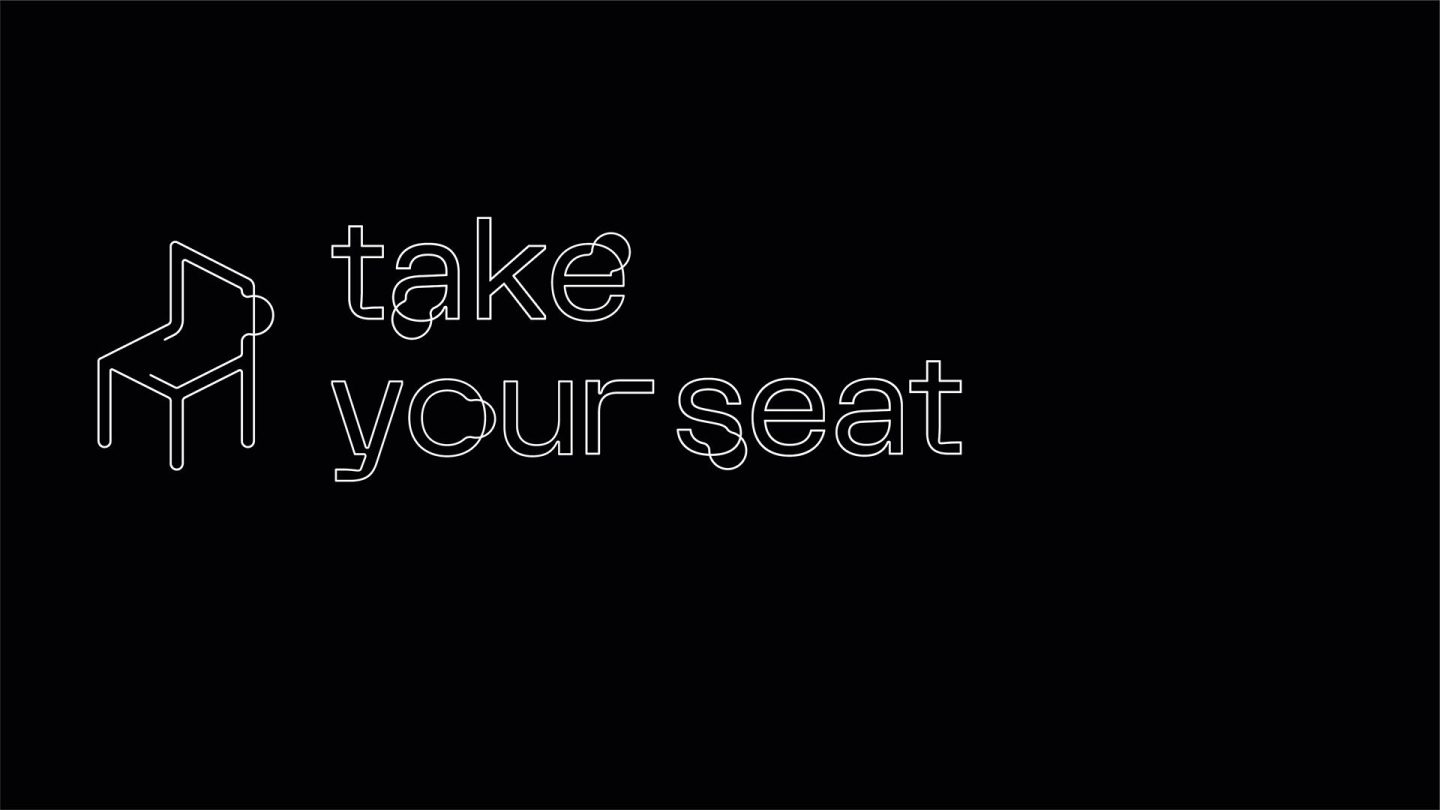Concept
The ADI Design Museum presents “Take Your Seat”, an exhibition curated by Nina Bassoli that explores the theme of the chair, an object that symbolizes design and the evolution of society. Exhibition design: Alessandro Colombo and Perla Gianni Falvo.
No object better and more capably sums up the value of design than the chair. By taking this object as an example, which is both elementary yet at the same time full of meaning, it will be possible to follow a single narrative path from 1954 to the present day which shows how design has conveyed languages and contents through the tremendous changes that society has undergone and how it has been able to react to new cultural paradigms.
With thirty chairs that have been awarded the Compasso d’Oro Award and more than one hundred Honourable mentions, the exhibition showcases one of the infinite stories that, if necessary, can also be discovered by searching through the ADI archives: an inexhaustible heritage of worlds concealed behind the extreme synthesis of objects.
The exhibition is divided among the four pavilions of the Trade Show set up for the Supersalone into four thematic sections, with the addition of an “extra” section which is located at the ADI Design Museum and which represents the ideal end – or start – of the itinerary. Ideally, each section can be interpreted as an autonomous exhibition, but they can also be seen as part of a single journey which, with continuous references, reveals this collection. As such, it is unique on account of the quality and historical-scientific coherence due to its four (plus one) thematic, focused, in-depth studies, each looking at a particular way of using a chair. What does the action of sitting down produce? What thoughts, mechanisms and relationships do we trigger while sitting? How do we relate to other individuals and space? How is itthat when a strictly individual object is placed in a system with other examples, it is able to generate exchange and sharing?
The thematic investigations have been entrusted to four designers who have developed their research on specific themes. In each section, theatrical lighting breathes life into the “landscape of objects” and an audiovisual installation welcomes the visitor to a single immersive environment which they will be able to explore following their own curiosity rather than a rigid pre-established path. They will also be able to pause from time to time and look at the different examples of the chairs on display, accompanied in turn by an independent information system that can be consulted separately (there is a guide in paper format and a catalogue of the exhibition by Electa) or by the in-depth materials that contextualize the objects.
The visit is also accompanied by the subtle presence of other forms of art: a number of verses of poetry have been placed within the sections and there is a soundscape composed for the occasion by Tempo Reale, the music research centre founded by Luciano Berio, which can be heard at the ADI Design Museum. All these comment on the four areas at a further interpretative level. Against the backdrop of socio-economic and cultural changes, the chair presents both the languages, and from time to time the ways that human beings have found with which to isolate themselves or be together, find concentration and individual personality or spend time together with opportunities for sharing. It is precisely to the relationship between isolation and conviviality that the most profound reflection of the exhibition is dedicated: a reflection aimed at the history of design, but also and above all to the most pressing challenges of our present and our future.
Take your seat / Prendi posizione
The first section, Take Your Seat / Prendi posizione gives the exhibition its overall title and focuses on the meanings of the act of sitting down and the consequent symbolic function of the chair. Even today, “to chair” means to be in charge of, to occupy a recognized position in society, or if you like, a certain “seat”, hence the political significance that can be linked to the act of sitting down. The focus of this thematic island is the second function of the chair, in other words the ceremonial and representative function, and therefore, in particular, the evolution of the languages through which from time to time a feeling of power, respect and even fear is expressed, as well as a sense of confidence and familiarity. The video installation composed by Davide Rapp starts from a series of film sequences and offers a transversal look at the role of design in society and in the representations of power.
Video installation: DAVIDE RAPP
Work Learn Produce / Lavorare imparare produrre
The second section, Work Learn Produce / Lavorare imparare produrre, focuses on the theme of work and the condition of isolation necessary for individual concentration. Starting from the technical-functionalist ambitions dedicated to improving the typology of the office chair, the selection also offers broader food for thought on the conditions of intellectual work and its role in society, up to the recent accelerations towards smart/home working and tele-working, including all the more informal situations that have dramatically overwhelmed our lives and our homes in the months of lockdown as a response to the pandemic. Illustrated by Fosbury Architecture’s research into “Environments of resistance for social individuals” the video installation interweaves the physical space of this isolation with the virtual worlds that we inhabit thanks to it, going beyond the screen or other interfaces and told by graphic novels. animated by (ab) Normal.
Video installation: FOSBURY ARCHITECTURE + (AB) NORMAL
Cook Set Share / Cucinare apparecchiare condividere
The third section, Cook Set Share / Cucinare apparecchiare condividere, refers to a world of physical relationships focused on the convivial moment of the meal as an opportunity for sharing and exchange. Here we see in particular how the individual action of eating is merely a small component of the system of activities and relationships that may revolve around it. The place where food is consumed, in relation to that where it is prepared (the kitchen) offers a transversal look at the evolution of the domestic space, the relationships between its inhabitants and the degrees of privacy or sharing of this activity beyond the family nucleus. A series of images of community kitchens collected by Anna Puigjianer from different cities around the world form the background to the collection of table chairs, organized in groups of convivial islands and testifying as to how these actions can take on a significant social role and become a moment of training and liberation
Video installation: ANNA PUIGJANER (MAIO Architects)
Going Out: Going Public / Uscire: nello spazio pubblico
The fourth section, Going Out: Going Public / Uscire: nello spazio pubblico, is dedicated to the role that the chair can take on once it is removed from the private, domestic or productive space and exposed to the movements of people in public places. Single chairs in small groups or in large quantities at shows and events for example, can transform public spaces, even if only temporarily, to make them more habitable and activate new relationships. Against the backdrop of the artistic exploration conducted by Matilde Cassani, the selection offers ideas for reflection on possible intentional or improvised uses of the chair as an object of urban appropriation, up to highly topical considerations (completely unimaginable until a few months ago) relating to the emergence of every type of furniture in open spaces from catering to events at mixed-use corners appropriated for private functions in response to anti Covid-19 restrictions. Can the scale of design operate on the scale of the city?
Video installation: MATILDE CASSANI
The Fifth Quarter / Il quinto quarto
An extra selection, an impossible “fifth quarter”, brings together a small number of chairs that have been part of this long and rich history without officially ever becoming part of it. These are chairs that have not been awarded or mentioned during the various editions of the Compasso d’Oro, but which represent fundamental objects for the story in every sense, precisely because they have been excluded. These antagonistic objects – metaphorical, anti-modern, symbolic, radical chairs – housed in the ADI Design Museum, tell how the history of the Award has always been intertwined with the parallel stories of culture and society, and that institution and avant-garde, conservation and transgression continually nourish each other, creating a history that changes together with us.
Nina Bassoli







